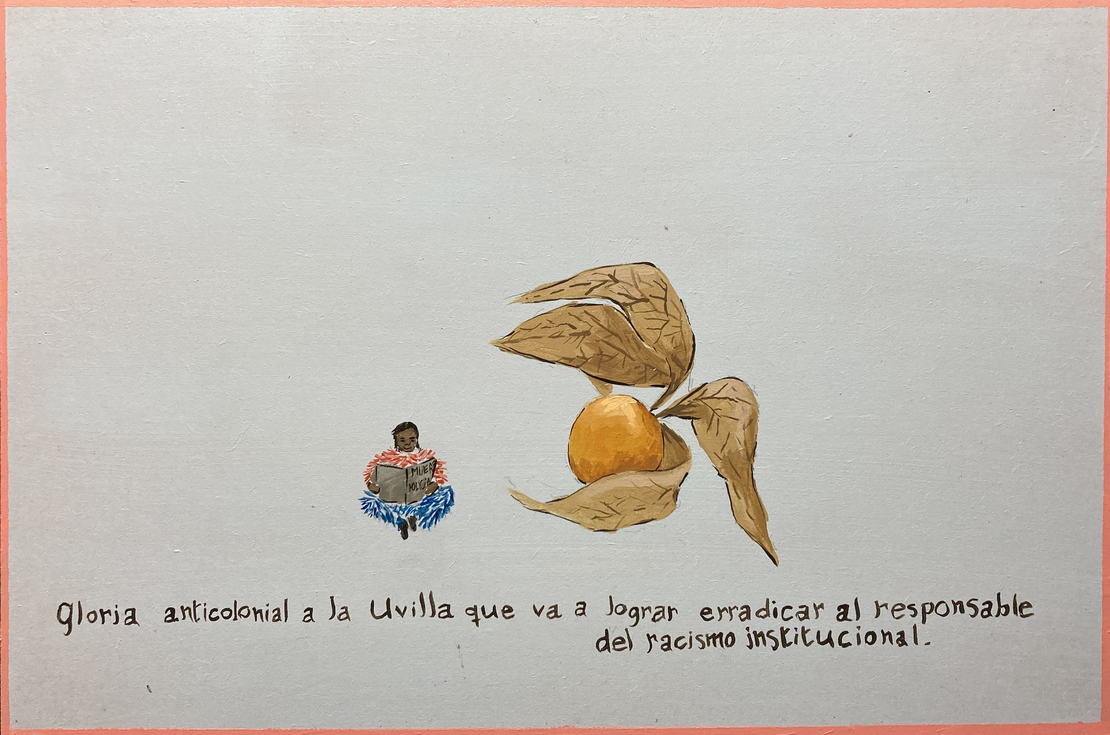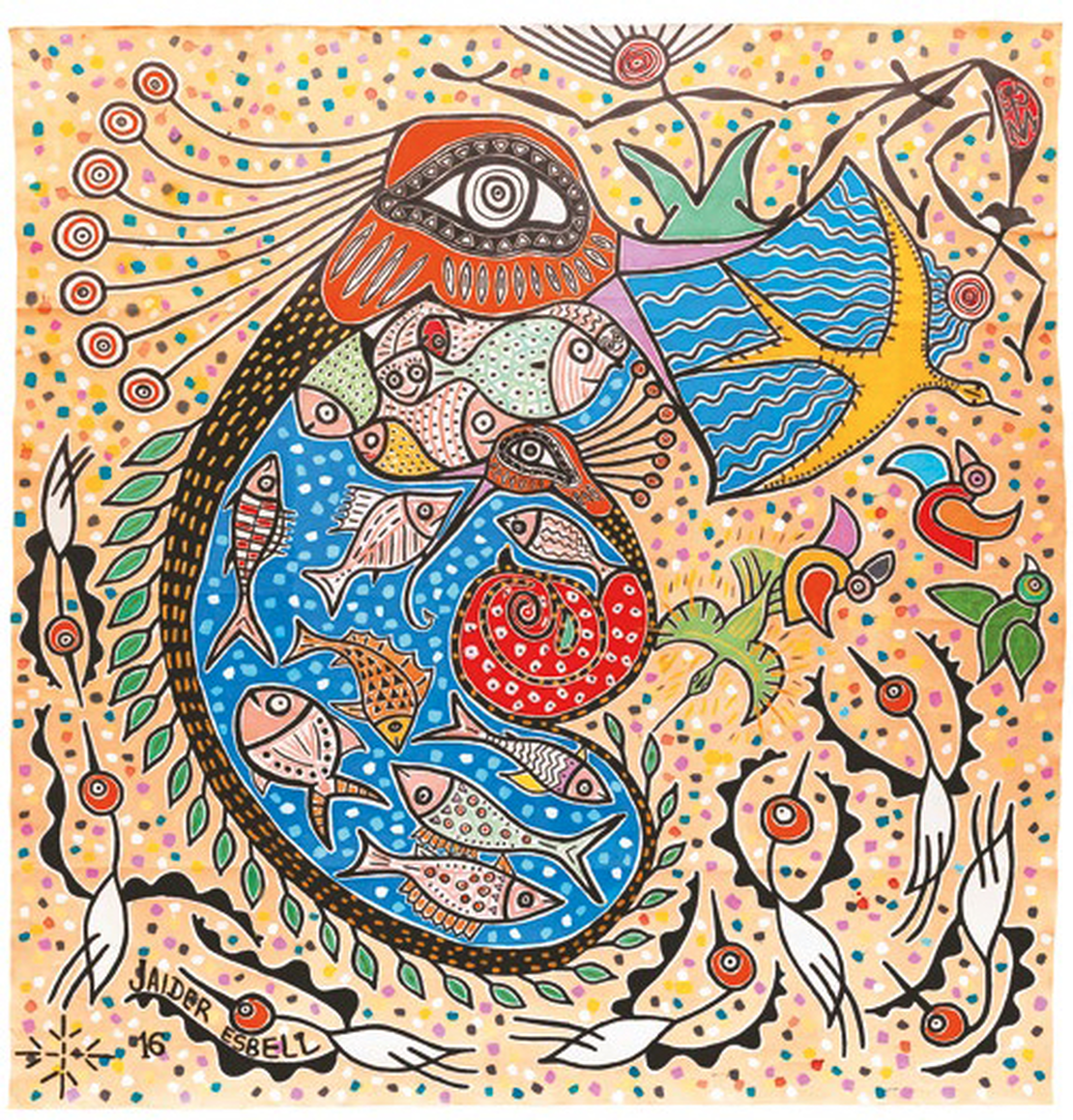Abstract
The curriculum is organized chronologically (from the period before the arrival of Europeans to the continent to the present), by themes (including the layers or point of entries), and is divided into five sections. Each section corresponds to a particular historical period, containing a given number of lessons. While each section has a short introduction to its content, the lessons may or may not have one, some may mention the relation in between the themes covered in that lesson with current forms of dispossession. With the exceptions of Section 2, the material contained in the lessons come from the DIA website.
The curriculum offers a total of 28 lessons conceived for classes lasting a little over an hour, with two to three hours of preparation by the teacher and one hour by the student. Each lesson may contain maps, texts, primary sources, video, visual artwork(s), with references to the artist and his work. We encourage teachers to use and assign the artwork, which accompanies each lesson as part of the didactic material, and to encourage students to reflect on the possible connections they find with the lessons’ content. Most texts include a bibliography, which will allow teachers and users to delve deeper into the topics covered in each lesson. Occasionally, the lesson may offer an additional Bibliography. Users are invited to consult additional sources. We remind users that the DIA website has several complete visual art exhibits from various Latin American museums, that are not included in the Curriculum. We invite users to explore them.
EVALUATING THE STUDENTS
We consider it imperative that teachers, students, and users become familiar with local, regional and continental geographies, especially those included on the website and Curriculum. It is suggested that students be tested regularly (quizzed), preferably before each class, so that they come to class prepared with questions and ready to discuss the content of the lesson. It is suggested that students write their reflections on the material covered in each lesson, including the artwork on the DIA website. We reiterate that to better understand dispossession and its consequences, it is important to know what existed before the European colonial projects in the Americas, which is why we recommend incorporating lessons from the first sections
CONSIDERATIONS
Most of the texts and explanations on the website, except in primary sources, try to refrain from noting the period before the arrival of Europeans as “pre-Hispanic”, or “pre-Columbian”. We consider that this nomenclature disrespects, silences, and disavows not only the millenary ancestral presence of Original and African Peoples, but insidiously underestimates these societies, cultures, knowledge and advances, below the ones of Spanish or Europeans. We invite users to become aware of the nomenclature and language we use when we refer to Original Peoples, Africans, enslaved, enslavers, Afrodescendants, among others, to avoid perpetuating the dispossession caused by linguistic violence.
To conclude, be advised that many of the primary and secondary sources date back several decades or centuries, which is why they contain offensive and dehumanizing terminology. We invite users to read such material paying attention and with care, questioning the subjectivities and historical biases of those who created them, as well as considering the impact and effect that linguistic dispossession imposes on excluded groups and communities.
 Nurubé Norberto Fernández, Peruvian artist, 1998.](/images/content/Laurent-PerraultE002/image1_hu2b0d1dbf023807e5173714d0bec86690_1968567_1110x0_resize_lanczos_3.png)




